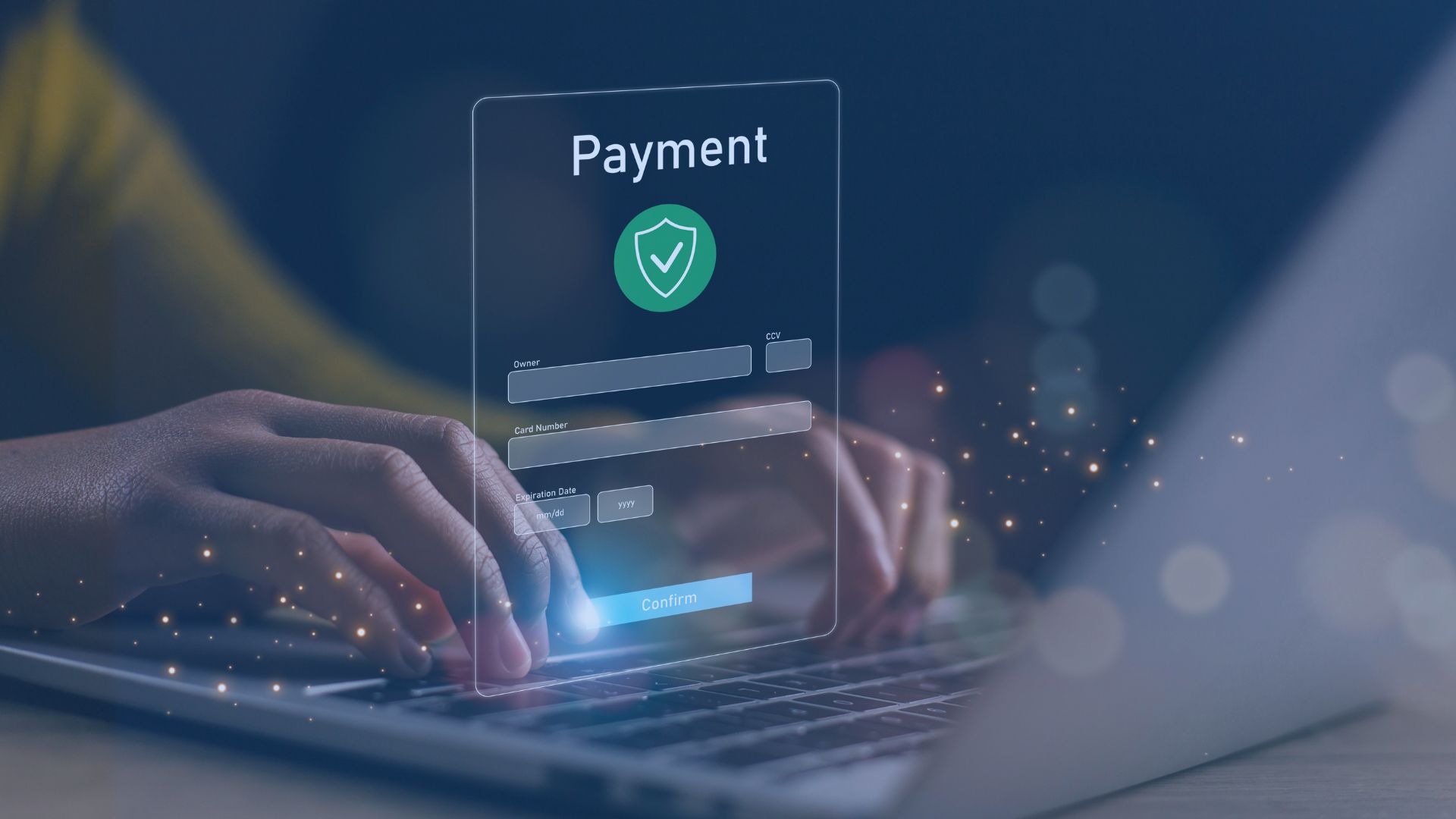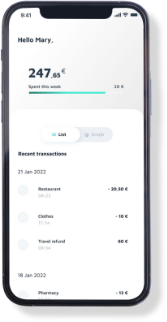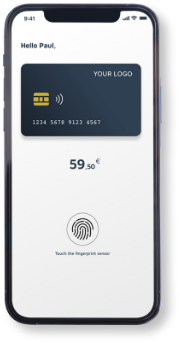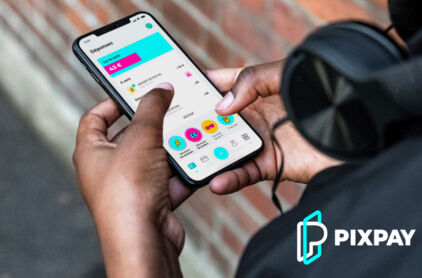Benefit from a secure and compliant Electronic money account with Treezor
Discover how Treezor can deploy electronic money accounts through its core banking system and API-based platform. With Treezor, you can take advantage of secure infrastructure and rigorous regulatory compliance to quickly launch your electronic money payment projects.
Contact us !
Only electronic money institutions approved by a European regulator, such as Treezor, are authorized to issue electronic money. Electronic money is issued for acquiring goods or services within a limited network of persons accepting these payment methods or for a restricted range of goods or services. Electronic money is issued in exchange for euros or any other legal tender currency. It is a monetary value stored in electronic form, issued upon receipt of funds for payment operations such as disbursements, transfers or withdrawals, and accepted by a physical person or entity other than the electronic money issuer.
How does Electronic money work?
Electronic money can be used anonymously, provided it complies with locally authorized usage and thresholds. Cash withdrawal or reimbursement operations for electronic money are also regulated and limited when used anonymously.
When used anonymously, the maximum monetary value stored cannot exceed €150. If the medium is rechargeable, it is subject to a maximum storage and payment limit of €150 per 30-day period and can only be used for payments within that country.
Beyond these thresholds, KYC (Know Your Customer) is mandatory to store and spend electronic money through an account (e-wallet) or a payment card (generally prepaid). Article L. 525-8 of the French Monetary and Financial Code authorizes electronic money institutions to use distributors to distribute electronic money on their behalf.
Why choose Treezor for your Electronic money projects?

Accelerated Go-to-Market
By collaborating with Treezor, businesses can quickly implement electronic money services without the need for significant investments in complex technical infrastructure. Treezor provides a turnkey platform that simplifies the deployment of payment solutions, enabling companies to reduce time to market and focus on customer acquisition.

Guaranteed regulatory compliance
As an Electronic Money Institution regulated by the ACPR, Treezor supports its clients in navigating complex regulatory aspects related to managing electronic money, particularly with regard to compliance and anti-money laundering (AML). This allows businesses to focus on their core activities while ensuring compliance with applicable legal requirements.

Security and reliability
By outsourcing electronic money management to Treezor, businesses gain access to a highly secure infrastructure compliant with international security standards. Encryption measures, strong customer authentication (SCA) and sensitive data management are predominantly handled, mitigating risks of fraud and technical vulnerabilities.
Use cases for Electronic Wallets
Often seen as a substitute for cash, electronic money offers a variety of applications:
Electronic money can be linked to physical media like rechargeable prepaid cards. These cards, subject to usage and monetary restrictions, can be used in scenarios including (but not limited to):
Gift cards: Load a predefined amount to be gifted, which the recipient can use at specific retailers within the available balance.
Employee benefit cards: Simplify employee access to benefits provided by their company, allowing them to use them freely.
Business expense cards: Designed to cover expenses incurred by employees as part of their professional activities, facilitating the management and tracking of work-related expenses.
Children’s spending cards: Funded by parents, these cards develop teenagers’ financial independence by giving them access to an account and a payment card.
Incentive cards: A practical tool for boosting sales, motivating sales teams or fostering loyalty among affiliated partners by offering rewards in the form of prepaid cards.

Creating a temporary kitty: Frequently used for pooling funds for specific events or projects, such as a group birthday gift or supporting a common cause.
Peer-to-peer transfers: Secure and instant transfers between friends or family members, utilizing email addresses, phone numbers or identifiers within the payment app.
Launching and using a local currency to foster regional and local trade.
Making payments via smartphone: users can make payments directly from their smartphone, either online or in-store. This feature often relies on technologies like NFC (Near Field Communication) for contactless payments or integrated online payment methods within mobile apps.

Let’s talk about your project!
Do you want to grow your payment project? Just fill out this form. One of our experts will contact you as soon as possible.




